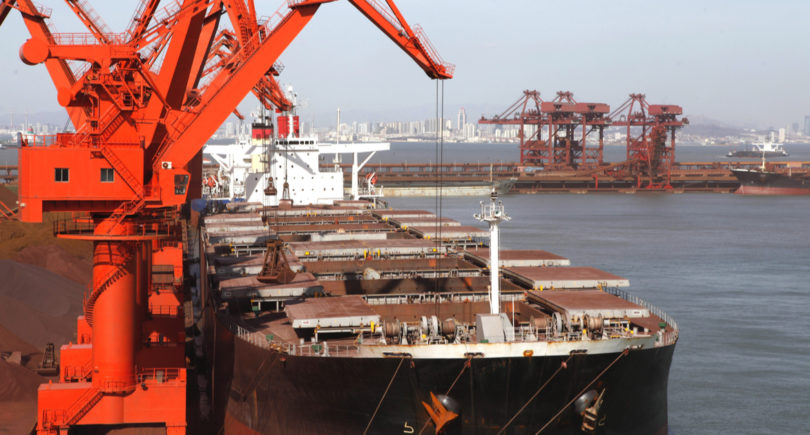
News Global Market DRI 481 29 August 2023
The main volume of products was shipped from Russia and Libya – 676.8 thousand tons and 259.2 thousand tons, respectively
In January-June 2023, the European Union reduced imports of direct reduced iron (DRI) by 22.7% compared to the same period in 2022, to 1.34 million tons thousand tons. This is evidenced by the data Eurostat.
In June of this year, the volume of DRI supplies to European consumers decreased by 25.8% compared to June 2022 and by 0.7% compared to the previous month, to 202.2 thousand tons.
The main importers of direct reduced iron among the EU countries in the first half of the year are Italy, Germany, Belgium, Spain and Austria.
- Italy – 489.04 thousand tons (-14.4% y/y);
- Germany – 346.3 thousand tons (-19.3% y/y);
- Belgium – 183.72 thousand tons (-5.5% y/y);
- Spain – 91 thousand tons (-41.1% y/y);
- Austria – 72.6 thousand tons (-17.5% y/y).
The largest supplier of DRI to the European Union is Russia. According to the results of January-June 2023, Russian enterprises shipped 676.8 thousand tons of direct reduced iron to European consumers, which is 31.1% less compared to the first half of 2022. In March, the EU imported 116.8 thousand tons of relevant products from the Russian Federation (-6.5% y/y).
The main importer of Russian products is Italy – 387.1 thousand tons, which is 17.6% less y/y. Belgium is in second place with 152.75 thousand tons (-21.4% y/y).
Libya shipped 259.2 thousand tons of DRI to the EU in the first half of the year, an increase of 87.3% y/y. In June, European metallurgists imported 24.25 thousand tons of direct reduced iron from Libya (+8.3% y/y). Imports of DRI from Venezuela for 6 months amounted to 91.9 thousand (+18.1% y/y), and in June – 25 thousand tons (-96% y/y).

As GMK Center reported, the European Union following the results of January-June 2023 reduced imports of products of the mining and metallurgical complex from Russia by 47% compared to the same period in 2022, to 2.92 million tons. The cost of importing Russian products to European consumers amounted to €1.51 billion, which is 44.6% less y/y.



